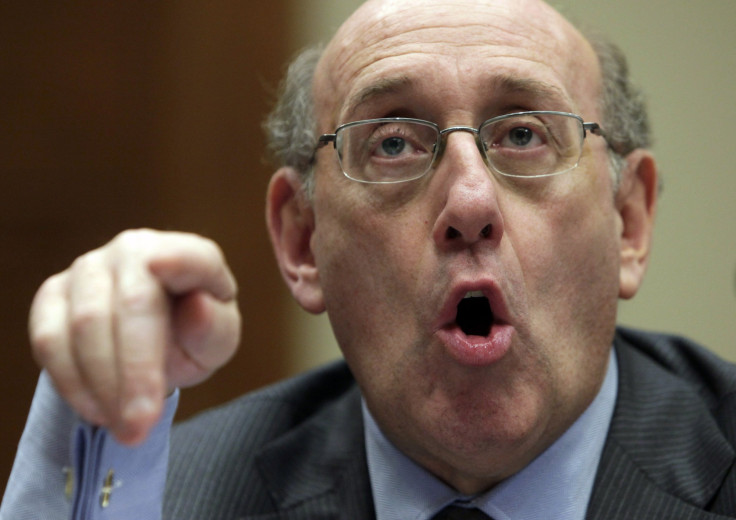GM Will Not Rule Out Court Battle Against Victims Of Ignition Switch Flaw

General Motors Co. (NYSE:GM) is establishing a fund to compensate families or victims who suffered serious injuries due to defects in as many as 2.6 million older GM cars, but it stopped short of accepting legal liability for injuries or deaths that happened before July 9, 2009, when the Detroit automaker emerged from bankruptcy.
Under the terms of the company’s government restructuring, which cost taxpayers $11.2 billion, the “new” GM freed itself from all legal liabilities for injuries incurred in vehicles made by the “old” GM.
“We will do the right thing for those who were harmed,” CEO Mary Barra told a morning press conference in Warren, Michigan, on Thursday. GM acknowledges 13 deaths and 47 accidents related to the defects.
Kenneth Feinberg will administer the compensation fund. Previously he managed executive pay for companies that received federal bailout money under the 2008 Troubled Asset Relief Program, including GM. Barra said Feinberg has complete autonomy to decide who deserves compensation for years of mismanagement that allowed a fatal flaw in the design of a tiny part to linger for years inside ignition components in Chevy Cobalts and other older GM compact sedans dating back over a decade.
When asked by a reporter whether GM would use its bankruptcy protection against anyone who chooses to fight the company in court for pre-bankruptcy accidents, GM President Dan Ammann said: “They’ll have the same legal rights they have today.”
What that means is nothing has changed for pre-bankruptcy accident victims who want to sue GM in court. They can ask Feinberg for compensation, or they can sue and argue that GM chose to withhold important information about the ignition switch problem during its bankruptcy proceedings. Had GM disclosed this problem in 2009, it would have been required establish an expensive trust fund to deal with future liability claims before emerging as a new company in 2009.
Bob Hilliard, a Corpus Christi, Texas-based litigator representing 68 families and hundreds of plaintiffs that claim they were injured by the flawed ignition switch, says Thursday’s press conference shows that GM is still holding firm on its option to use this bankruptcy protection to defeat valid death and injury claims.
“My concern is it appears that [Ammann] was saying this morning, ‘if you choose to sue us we will still assert bankruptcy as a defense,’” Hilliard said by telephone on Thursday. “But how can the compensation program be evaluated fairly if you have the bankruptcy cloud hanging over your head should you not accept the compensation plan?”
Hilliard says GM cannot win a case if it failed to conduct a thorough internal review of potential liabilities when it went through the bankruptcy process. “GM knows that by going into a federal bankruptcy courtroom seeking a complete wash of past liabilities, they are required to explain exactly what they’re being relieved of,” he said.
GM insists there was no cover-up or conspiracy to hide facts, and points to its investigation conducted by former U.S. Attorney Anton Valukas that was released Thursday (PDF) as proof. Instead, the years-long delay in owning up to the problem was a result of what Barra described as “a company that operated in silos” that kept lower-level employees from communicating with each other or raising the issue “to the highest levels of the company.”
© Copyright IBTimes 2024. All rights reserved.












